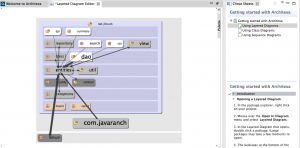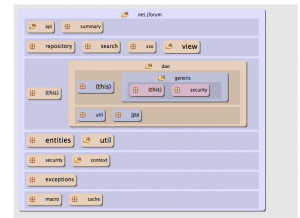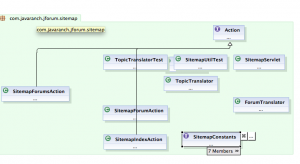I bought a new HDTV/computer monitor. I’m only using it as a TV, but they brand it as both. Which is good as I can easily use it as a second monitor if I want to. I went to B & H to see it in person before I bought it. I like seeing electronics in the store. The TV came well wrapped a few days later.
The missing manual
Setting it up was easy. However, there was no manual. Instead there was a CD which I imagine has the manual on it. I say I imagine because the CD can only be used on Windows. While I haven’t gotten rid of or given away my old Windows laptop, I don’t particularly want to take it out to open this CD. The manual was downloadable via a PDF online. I printed it and now have a printed manual. Now I’ll grant you they saved paper not shipping a manual. But there was plenty of other paper junk in the box.
The devices I actually use
All the devices a normally plug into the TV work fine. It’s my first HDTV so I still need to plug in the HD cable from Time Warner. I’m sure that is easy.
Over the air tv
I own a standalone antenna and digital converter box so I can provide tech support for those to devices to family. I’m considering upgrading said family’s tv so I decided to try out over the air tv to see what happened.
- With the cable box still plugged in, I scanned for over the air channels. Three channels were found. One of which came in poorly. And one of which was displaying FOX on a channel number that should have been NBC. None of the three channels came in well (analog fuzziness) and none of them had sound.
- I read online and tried changing a number of settings. None worked.
- I emailed Samsung who suggested I check my connections.
- Then it occurred to me to try the standalone antenna. I unplugged the cable box, plugged in the antenna and tried again. (I do own an a/b switch letting me use both, but I’m not leaving the antenna plugged in long so it is easier to switch out.) I have 47 channels over the air! All of which come in decently to well. For those who haven’t used over the air tv since before the digital cutover, each station can broadcast more channels now so there is a 2-1, 2-2, etc.
Is it worth having cable?
Probably not. Now that over the air comes in, I imagine buying tv shows individually over hulu and watching streaming for events is more cost effective. That would require faster internet though so I’ll revisit it when FIOS comes to town. (Opportunity here for Scott to tease me about Tivo or Apple TV.)
Why did reception suddenly get better?
I have two things that changed.
- The new TV that doesn’t require a digital converter box.
- I moved since I last tried to watch over the air tv. (when the cable went out a few years ago.) I suspect this is more significant as the current location of the antenna faces Manhattan – where broadcasting comes from. Before I moved, it didn’t.
I was under the impression the HDTV had an internal tv tuner. Not sure if it as an antenna, but probably not. That explains why plugging in the antenna helped.
I tried my old tv with the external antenna and digital converter box. The reception was good as well implying it is my new location more than the tv that helped.



